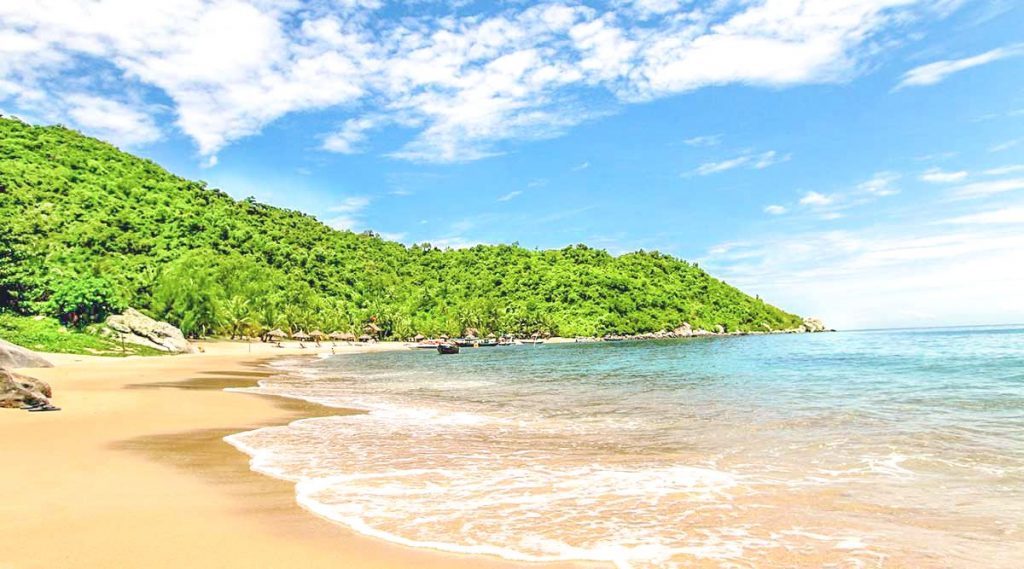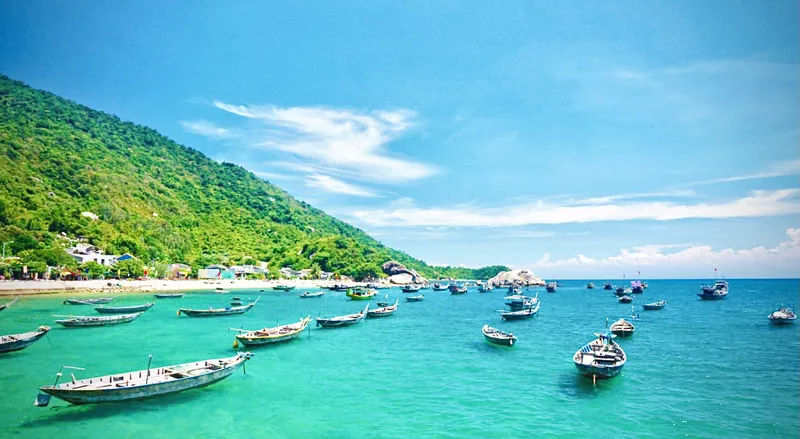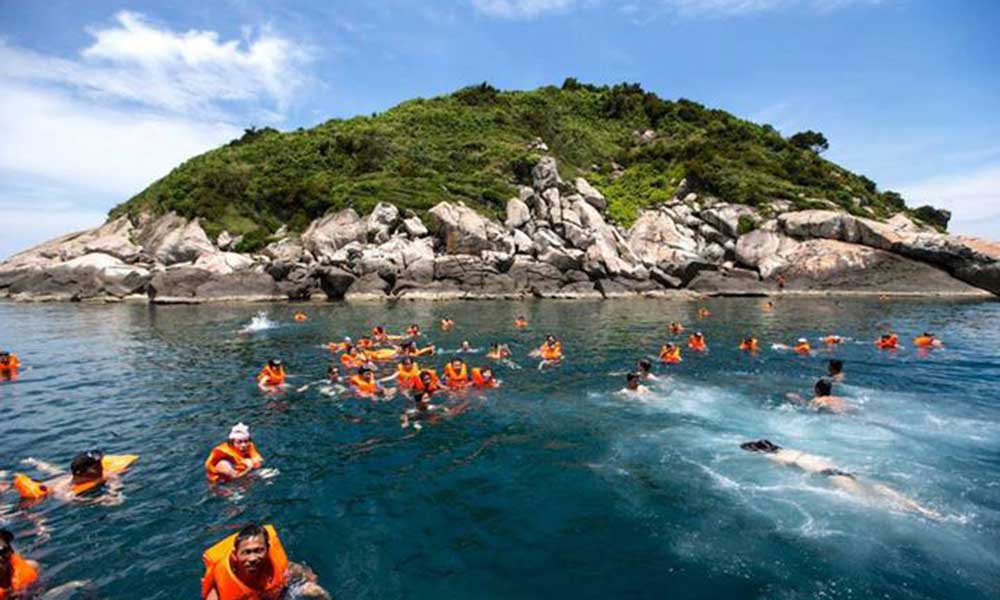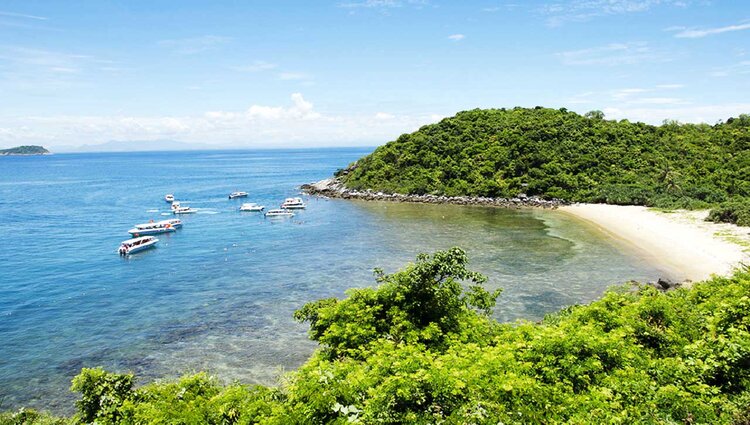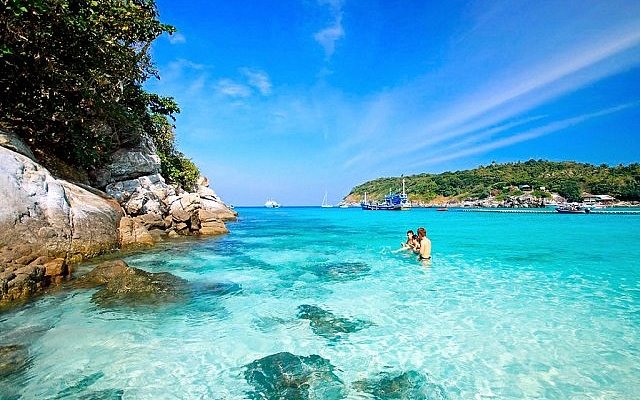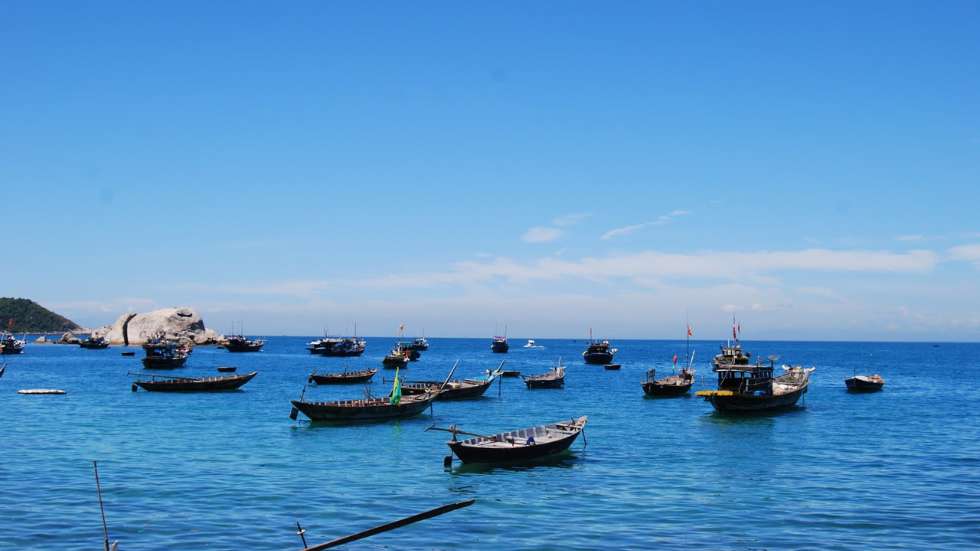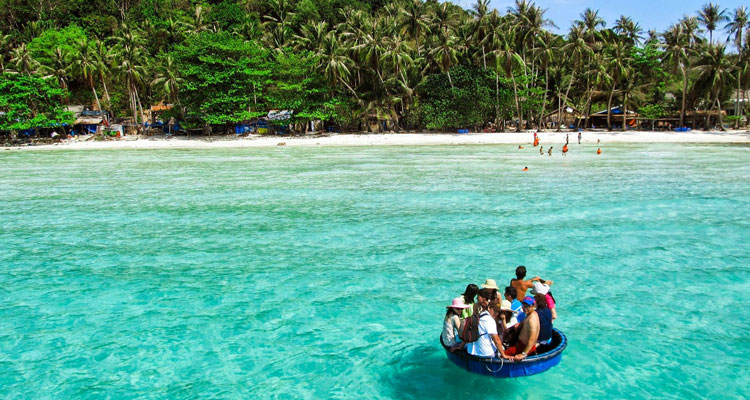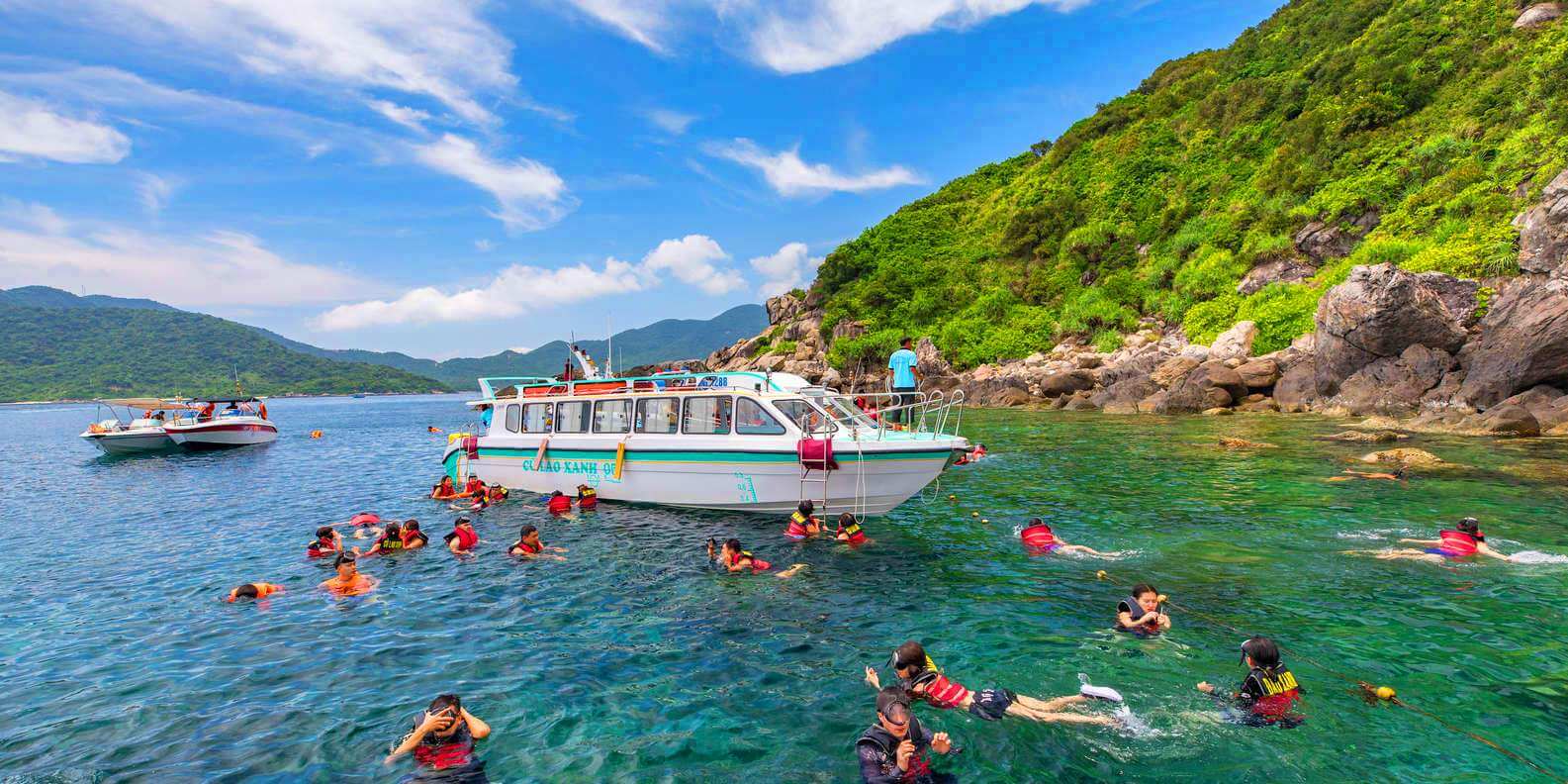
About the Cham Island
Vietnam’s Hidden Tropical Paradise
Introduction
Cham Island (Cù Lao Chàm), nestled in the crystal-clear waters off the coast of Hoi An, Vietnam, is a breathtaking archipelago and a UNESCO-recognized biosphere reserve. Known for its pristine beaches, rich marine biodiversity, and cultural heritage, Cham Island is a favorite destination for nature lovers, adventure seekers, and those looking for an escape from the bustling city life. This article explores the history, ecology, attractions, activities, and visitor information that make Cham Island a must-visit tropical paradise in Southeast Asia.
Historical Background
Cham Island has a rich historical legacy linked to the ancient Champa civilization, which once ruled central and southern Vietnam. Archaeological findings suggest that the island was a stopover for Cham merchants and sailors over a thousand years ago. Remnants of old temples, shrines, and traditional fishing villages reflect the island’s cultural past. The island has retained its rustic charm and continues to preserve its age-old traditions, despite becoming a popular eco-tourism destination in recent decades.
Geographical Significance
Located about 15 kilometers from Cua Dai Beach in Hoi An, Cham Island is part of the larger Cu Lao Cham Marine Park, which includes eight small islands. The main island, Hon Lao, is where most of the population resides and where tourist activities are concentrated. The surrounding turquoise waters and coral reefs make it an essential part of Vietnam’s marine ecosystem. The island’s mountainous terrain, lush forests, and clean beaches create a perfect balance between land and sea.
Major Attractions and Activities
Cham Island offers a variety of attractions and experiences that cater to all kinds of travelers. Here are some highlights:
Bai Chong Beach
One of the island’s most picturesque beaches, Bai Chong boasts soft white sand, crystal-clear water, and hammocks nestled under shady trees. Ideal for sunbathing and swimming.
Snorkeling and Scuba Diving
Cham Island is renowned for its coral reefs and vibrant marine life. Multiple tour operators offer snorkeling and diving trips, where you can spot colorful fish, sea turtles, and coral gardens.
Tan Hiep Market
Located near the main pier, this market sells fresh seafood, souvenirs, and locally crafted items. It’s a great place to get a taste of island life and pick up traditional Cham herbal medicines.
Hai Tang Pagoda
This historic Buddhist temple, built in the 18th century, stands at the foot of a mountain and is surrounded by lush greenery. It reflects the spiritual roots of the local community.
Cham Island Marine Museum
A small but insightful museum that educates visitors about the island’s biodiversity, marine conservation efforts, and traditional Cham culture.
Eco-Tours and Hiking Trails
Nature enthusiasts can enjoy guided eco-tours through the island’s forests and trails, where they can learn about local flora, fauna, and sustainable practices.
Fishing and Squid Tours
Visitors can join local fishermen for an authentic fishing or night squid-catching experience, offering a glimpse into the island's livelihood.
Nearby Attractions
Though Cham Island is itself a destination, it’s often part of a broader itinerary in Central Vietnam. Nearby attractions include:
- Hoi An Ancient Town – A UNESCO World Heritage Site famous for its lantern-lit streets and preserved architecture.
- Cua Dai Beach – A gateway to Cham Island and a lovely beach spot in its own right.
- Marble Mountains – A group of limestone and marble hills with pagodas and caves near Da Nang.
Environmental Conservation
Cham Island is one of the best examples of Vietnam’s marine conservation efforts:
- Biosphere Reserve – In 2009, UNESCO designated the island as a World Biosphere Reserve for its diverse marine and terrestrial ecosystems.
- No-Plastic Policy – The island has a strict anti-plastic policy. Visitors are encouraged to avoid single-use plastics.
- Marine Protection Zones – Some areas are off-limits to tourism and fishing to protect coral reefs and breeding grounds.
- Eco-Tourism Focus – Tourism is closely monitored to prevent environmental degradation and support sustainable practices.
Cham Island at Night
While most day-tourists return to Hoi An by evening, staying overnight reveals a whole new side of the island. With limited electricity and no large crowds, the night sky lights up with stars. Some homestays offer beachside bonfires, traditional Cham music performances, and candle-lit seafood dinners. It’s peaceful, romantic, and deeply connected with nature.
Role in Local Economy
Cham Island significantly contributes to the local economy through eco-tourism, fishing, and handicrafts. The island's homestays, tour operators, and food vendors benefit from the steady flow of responsible tourism. Income from entry and marine fees is reinvested into local conservation and infrastructure projects.
Cultural Significance
The Cham people of the island are known for their hospitality and strong community ties. Traditional festivals like the Cau Ngu Festival (whale worship) are still celebrated, showcasing the islanders' respect for the sea and its bounty. Visitors can observe these customs and interact with locals through cultural exchange tours.
Visitor Information
Ticket Prices (as of 2025)
- Island Entry Fee: 70,000 VND (~$3)
- Marine Conservation Fee: 20,000 VND (~$1)
- Snorkeling Tour (half-day): 250,000–350,000 VND (~$10–15)
- Full-Day Eco-Tour: 600,000–900,000 VND (~$25–35)
Note: Some tour prices include boat transfer, lunch, and equipment.
Timings & Best Time to Visit
- Daily Tours: Boats depart from Cua Dai Pier between 8:00 AM and 9:00 AM and return by 3:30 PM–5:00 PM.
- Best Season: March to September (dry season), especially May to August for calm seas and best underwater visibility.
Conclusion
Cham Island is a treasure trove of natural wonders, cultural heritage, and serene beaches. It offers a sustainable alternative to commercial beach tourism, where visitors can truly disconnect and reconnect with nature. Whether you are diving into its vibrant coral reefs, learning about the ancient Cham culture, or simply relaxing on its sun-kissed shores, Cham Island promises an unforgettable journey into Vietnam’s ecological and cultural heart. For those seeking a peaceful escape or a meaningful adventure, Cham Island stands as a shining example of responsible tourism done right.
Address: WFRJ+JC Hội An, Quảng Nam, Vietnam
